Peter has been a guide in Western China for more than ten years. He is passionate about the rich culture of the region and has deep knowledge of the intricacies of Tibetan Buddhism. He is originally from Tianshui, in eastern Gansu.
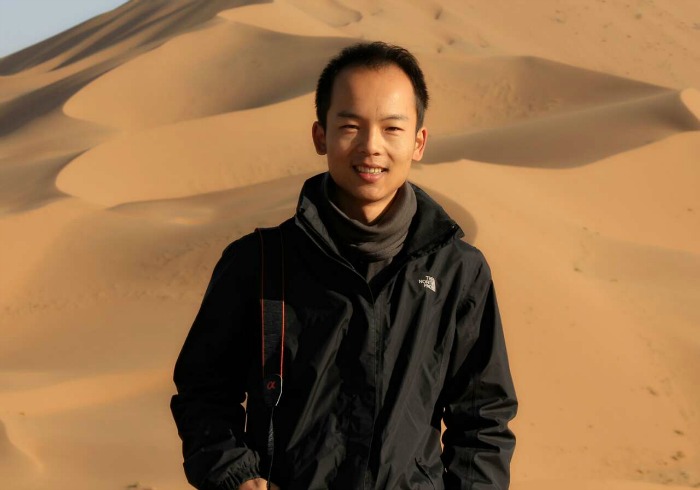
Tell me about this part of China – what’s it like?
Western China has deep history and culture.
First, there is the Silk Road history. The Silk Road is not just a road, and it was not just for silk. There were many merchants and traders and many things were brought on the road – religion and culture.
Second, is Chinese Buddhism. Tibetan Buddhism is dominate in this region. Within Tibetan Buddhism, there are three sects. They speak the same languages, but the accent is different. Here in Gansu and Qinghai, it is the Tibetan Amdo Buddhism that is most prominent. Maybe travelers read about these things, but a book is one thing. When they go to the temple they will really see the Buddha, and they will want to know: Why is the face different on this one? Why is this gesture different? They will have many questions.
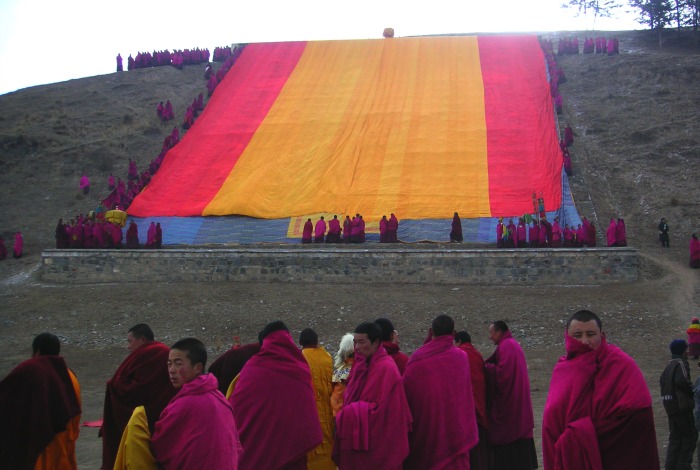
Third, there is also the Muslim culture. Linxia is China’s little mecca. There are very old mosques in the Chinese style with Chinese roofs. When I tell my clients that these are mosques and not temples, they are very surprised. Now in all the cities you will see both western mosques and traditional Chinese style mosques. Why? Because these came from different places at different times in history.
What’s your favorite part of this journey?
I’m a culture man. I like Buddhism very much, including the Han Buddhism and the Tibetan Buddhism in this area. I like to explain the different Buddhas and founders, sometimes very slowly, because it is quite complicated.
When’s the best time to visit the area?
July to September. Before July the grasslands are not green, and most of the year the nomads live in the village because it is so cold. But from July to September, you can see the nomads and their tents and yaks in the grasslands.
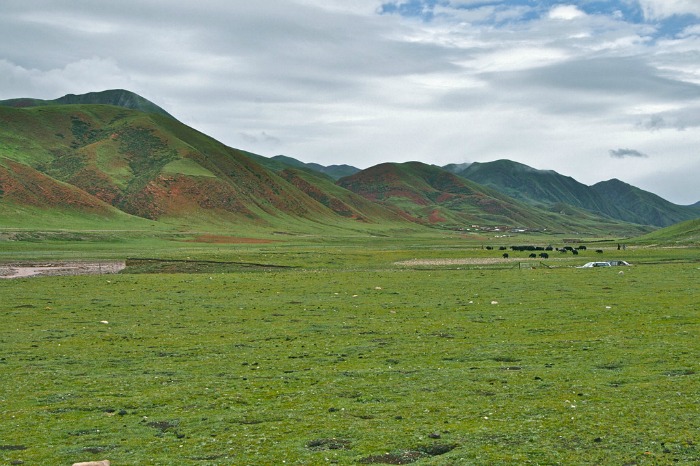
Also, if you come in the fall this year, you can see the Buddhist festival, Milarepa. The festival honors the founder of a sect of Buddhism and is celebrated in many of the monasteries. This year the festival is August 21st, 2015.
What do clients love about this journey?
Their favorite thing to see is the country life. My clients have only seen it in pictures, but they’ve never gone inside the houses. Here they will see people’s lives. They will go meet the family. See what is inside their home. Go to see the bed and see how it differs from theirs in their hotel. If lunch or dinner is cooking- what do the local people eat?
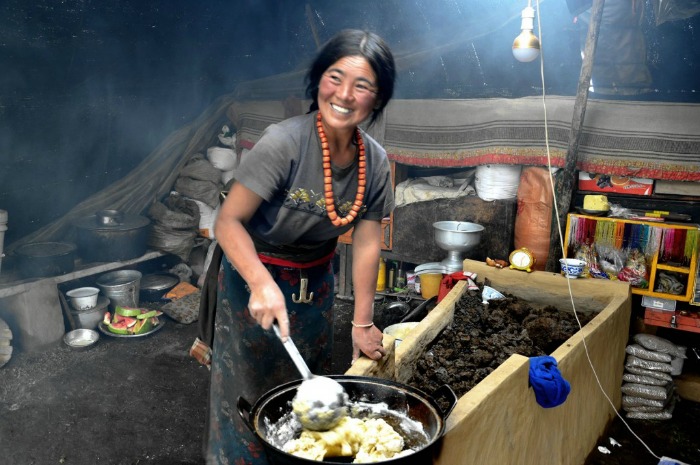
My clients also like to talk with the villagers, and I’ll translate. They will ask: How many yaks in your family? When did you build this house? Was it expensive or not? Are your children in school? What do they play?
Sometimes we will go to the field. In spring visitors can see the wheat. In the northwest, this area, wheat is planted in springtime. In the harvest time, they can see how the wheat is carried back to the village, how it’s ground, and made into noodles.
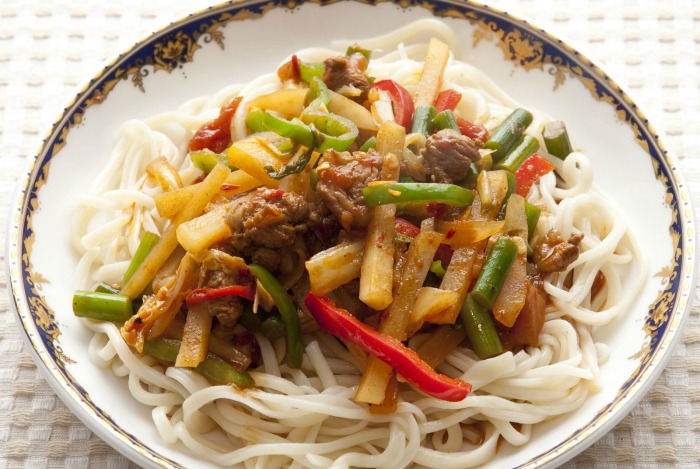
What food do you have to try in this region?
We have Tsam Ba. This is made with barley flour and milk, then we put a little bit of salt or sugar and mix it together in the hand. We have it with milk tea and yak butter, (but you don’t have to put the yak butter!).
Sometimes the clients don’t like this, but I always say you should try it, even if you don’t like the smell. I have them try a little bit.
But noodles are the main food. We will make noodles out of many things like wheat flour or corn flour. We make the noodles without using any machines, and we will let the clients try making it themselves.
Do the clients make good noodles?
Sometimes… haha. It’s mostly for learning.
